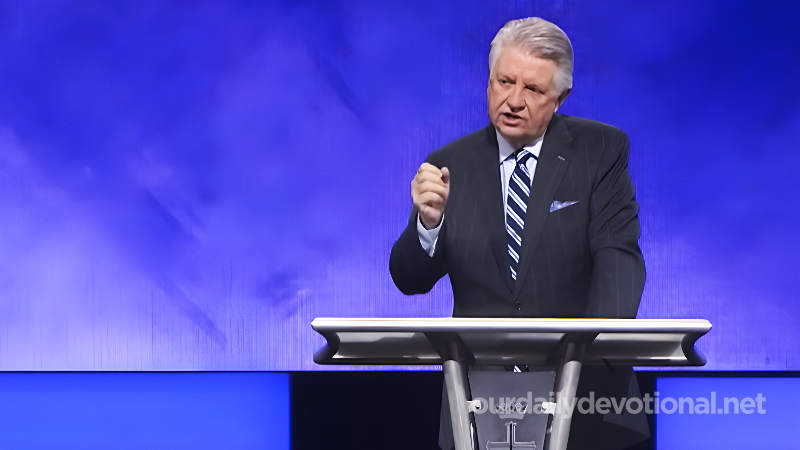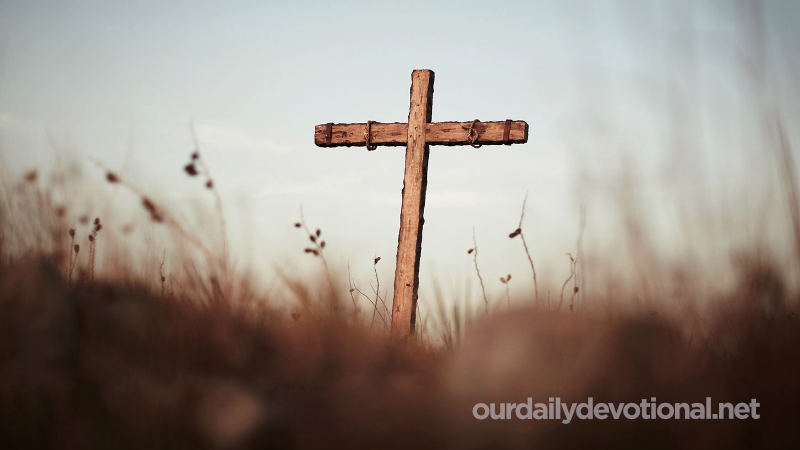(Heb. "Olah", "Alah", "make ascend").
It is translated holocaust, a transcription of the Greek term used in the LXX and the Greek NT "holokautos", and denotes burning completely. It refers to the total combustion of the offered victim, after having laid hands on it and then cut its throat.
According to the Israelite ceremonial law, two burnt offerings had to be offered daily, one in the morning and one in the afternoon, which is called a "continuous burnt offering."
There were also additional burnt offerings, offered by the faithful in compliance with various laws regarding purification rites.
(See SACRIFICES.)
Typologically, it represents Christ presenting Himself in accordance with the divine will for the fulfillment of the purpose and maintenance of the glory of God where sin was noted. In type the victim and the offerer were essentially distinct, but in Christ the two were necessarily combined.
The offering offered in burnt offering, when it was not obligatorily prescribed, was offered for someone's acceptance. The expression "of his will" in Lev. 1:3 is better translated as "he will offer it for his acceptance."
The victim could be a male of the herds, or of the sheep or goats of the flocks, or a dove or a pigeon, depending on the financial capacity of the offerer, or the appreciation he had of the offering. These offerings were different in degree, but of the same kind. The male is the highest type of offering; no female is mentioned in the burnt offering.
After the offerer had laid his hands on the victim, he killed it (except in the case of birds, which were killed by the priest). From Lv. 1 It would seem that it was also the offerer who skinned her, quartered her and washed her intestines and legs in water; but the expressions used may be taken in an impersonal sense: "the burnt offering shall be flayed, and divided into pieces," etc. (v. 6).
These functions may have been carried out by the priests or by the Levites. (The Levites skinned the sacrifices when there were few priests; cf. 2 Chron. 29:34). The priest sprinkled the blood around the altar and, except for the skin, which was left for the priest, the entire animal was burned as a sweet aroma on the altar.
He made atonement for the offerer, who found acceptance based on his worth. Typologically, it is a figure of Christ in his perfect offering of Himself, being tested in the depths of his being by the searching fire of divine judgment (Lev. 1). (This aspect of the cross is seen in passages such as Phil. 2:8; Jn. 10:14-17; 13:31; 17:4; Rom. 5:18, etc.).
In Lv. 6 the law of the burnt offering is given: "The burnt offering will be on the fire kindled on the altar... it will not be quenched" (Lev. 6:9, 13). This refers to the morning and evening lambs; They constituted a continuous holocaust (Ex. 29:38-41).
It should be noted that it was "all night until morning" (although it was perpetual), undoubtedly to point out that Christ is to Israel always a pleasing odor to Jehovah, even during the present period of darkness and forgetfulness of Israel. Aaron had to put on his linen garments to remove the ashes from the altar and put them “by the altar.”
Then he changed his linen garments for other clothes, and carried the ashes outside the camp. The ashes constituted proof that the sacrifice had been fully accepted (Ps. 20:3, lit.: "let your burnt offering be ashes"; cf. Reina version 1569).
In "the morning" Israel will know that their acceptance and blessing is through the work of their Messiah on the cross. The daily sacrifice was offered by the priest acting for the entire nation, and presents typologically the basis of his blessings and privileges. Hence faith gave it great value (cf. Ezra 3:3; Dan. 8:11, 13, 26; 9:27).
Meaning of HOLOCAUST
It is translated holocaust, a transcription of the Greek term used in the LXX and the Greek NT "holokautos", and denotes burning completely.







